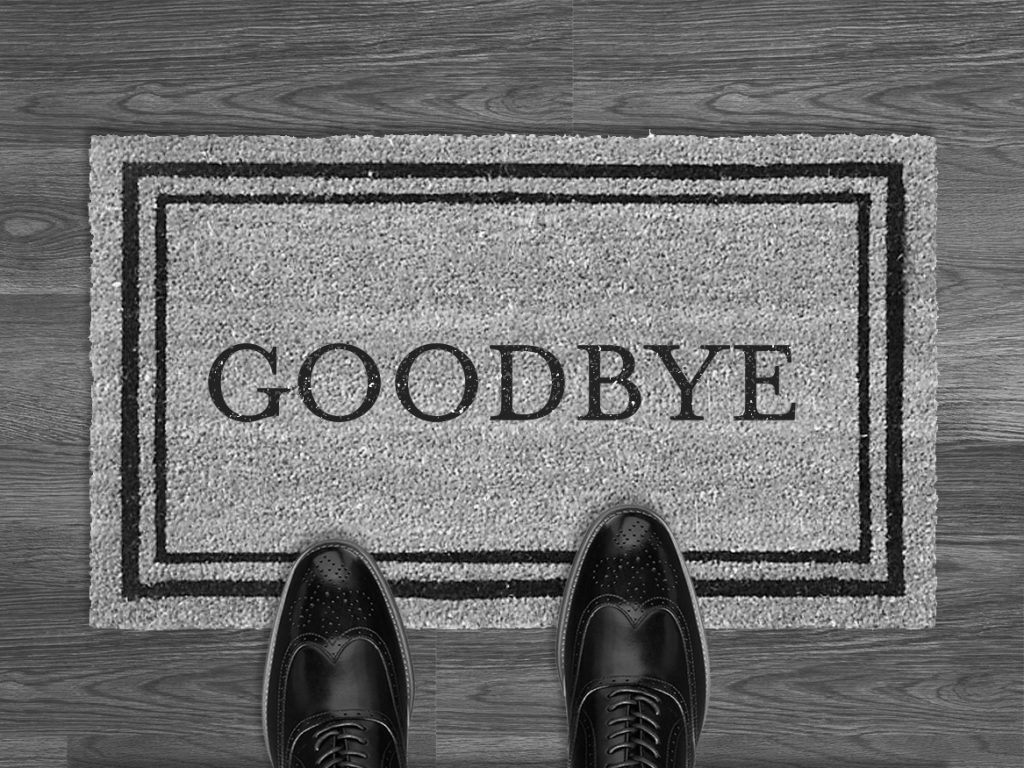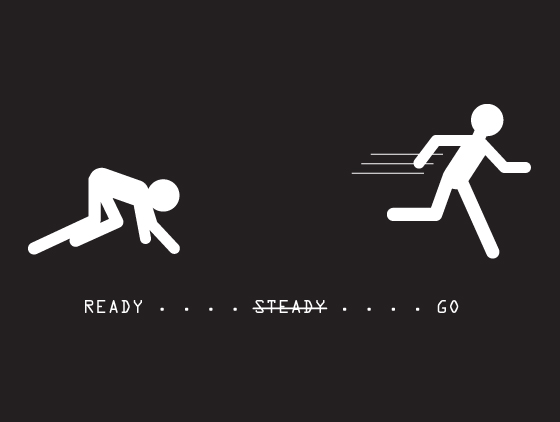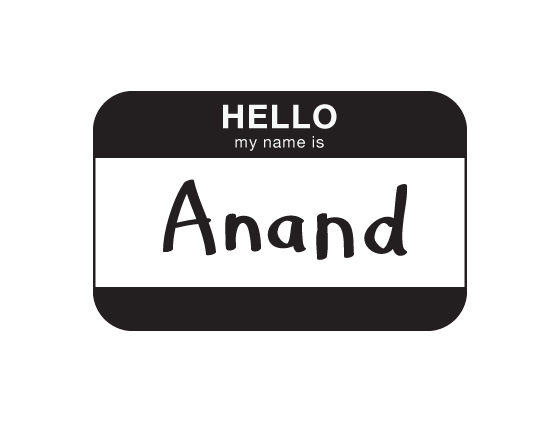
Yes if it wants to induce cognitive dissonance – the feeling you get when behaviour and belief don’t match. Like when you gorge on that sizzling brownie with ice-cream and chocolate sauce when you know it’s going to make you put on. But then you say what the hell ‘Life is an ice-cream, enjoy it before it melts.’ Here’s an interesting way a company uses the same principle of cognitive dissonance to meet its hiring goals, by paying applicants to NOT take up the job. This complicated phenomenon is best explained by behavioural scientist Dan Ariely…
“There’s this interesting company called Zappos. Zappos is a shoe company. One of the interesting things about Zappos, is the hiring process.
They bring people in for training and train them for around a week. At the end of this training, they say to people, we would love for you to be part of the Zappos family. But this is not the right place for everybody. And if this is not the right place for you, we don’t think this is something good for you. And therefore, we will pay you to NOT take the job.
They started by offering people $500. They increased it to $2000 and then increased it to $4000. Think about it. What a crazy idea. You come, you do a week of training. At the end of week of training they say we’ll pay you $4000 not to take the job. Now these are not highly paid people, these are people who are going to get paid $12, 14, 15 an hour to do customer service on the phone.
Why would Zappos pay people not to take the job? There are basically two reasons. The first reason – you actually don’t want the people who don’t like their jobs so much to be around because not only are they not going to do a good job, they’re going to pollute other people. And Zappos is a fantastic customer service company.
The second thing has to do with cognitive dissonance. Cognitive dissonance is about the fact that if we behave one way but don’t believe in the same way, this creates a tension, what Leon Festinger called dissonance.
Can we change what we’ve done? No. We’ve done it already. Maybe we can change what we believe. And that actually happens quite a lot. You behave a certain way, and then you shift your belief to, to fit with that.
So what happened to Zappos? You have these $4,000. Now, it’s not as if Zappos is telling you, you know what, for the rest of your life every morning you could wake up and decide if you want to take the money or stay on the job. No, no. You have 48 hours. And if the end of 48 hours you decide not to take the money, you wake up every morning for the rest of your career at Zappos and you’ll tell yourself, I could have gotten $4000 but I decided to work at Zappos. That means that if I say no to this offer, then I am buying in. And because of that, you go to work much more excited.
Only 2% of Zappos trainees take the money and leave. Often they are the same people the trainers already had doubts about.”


